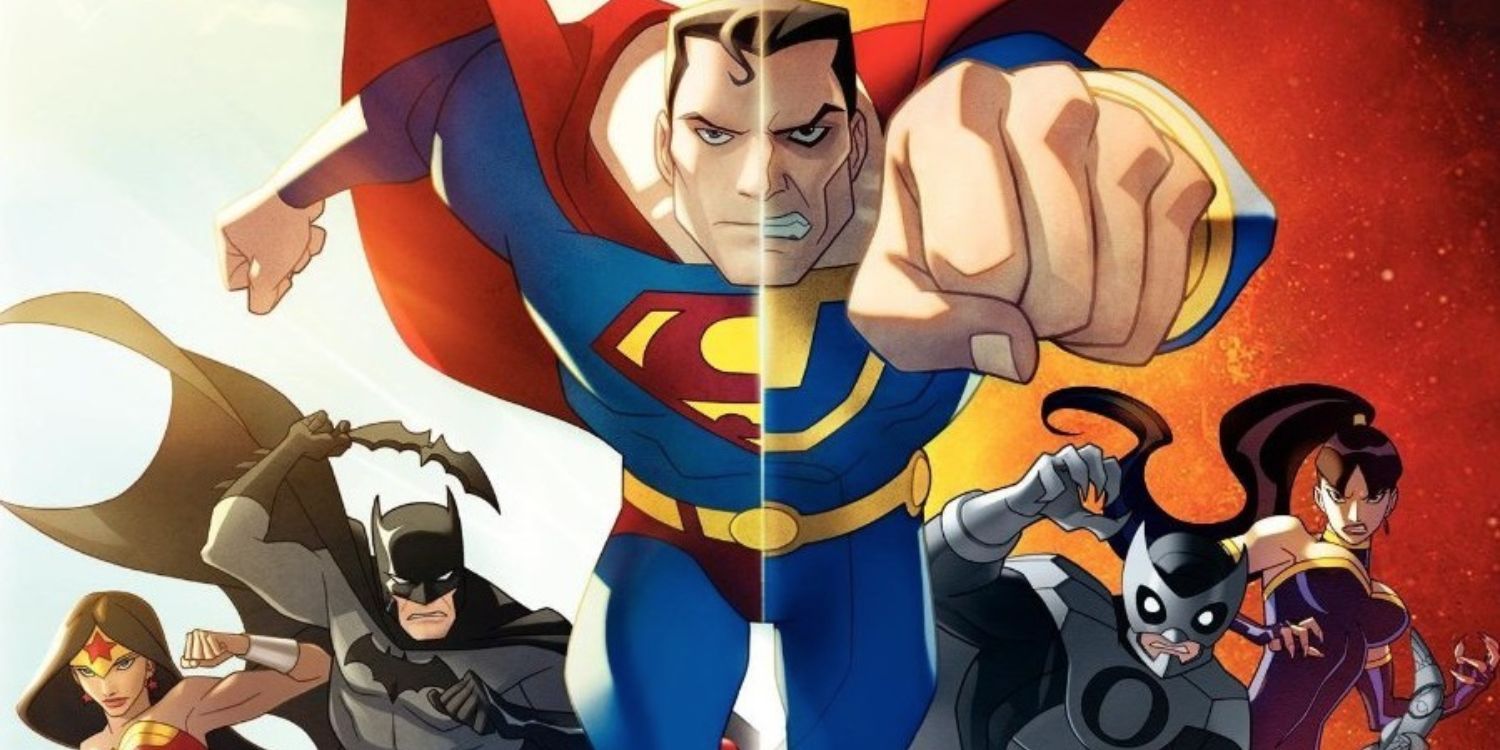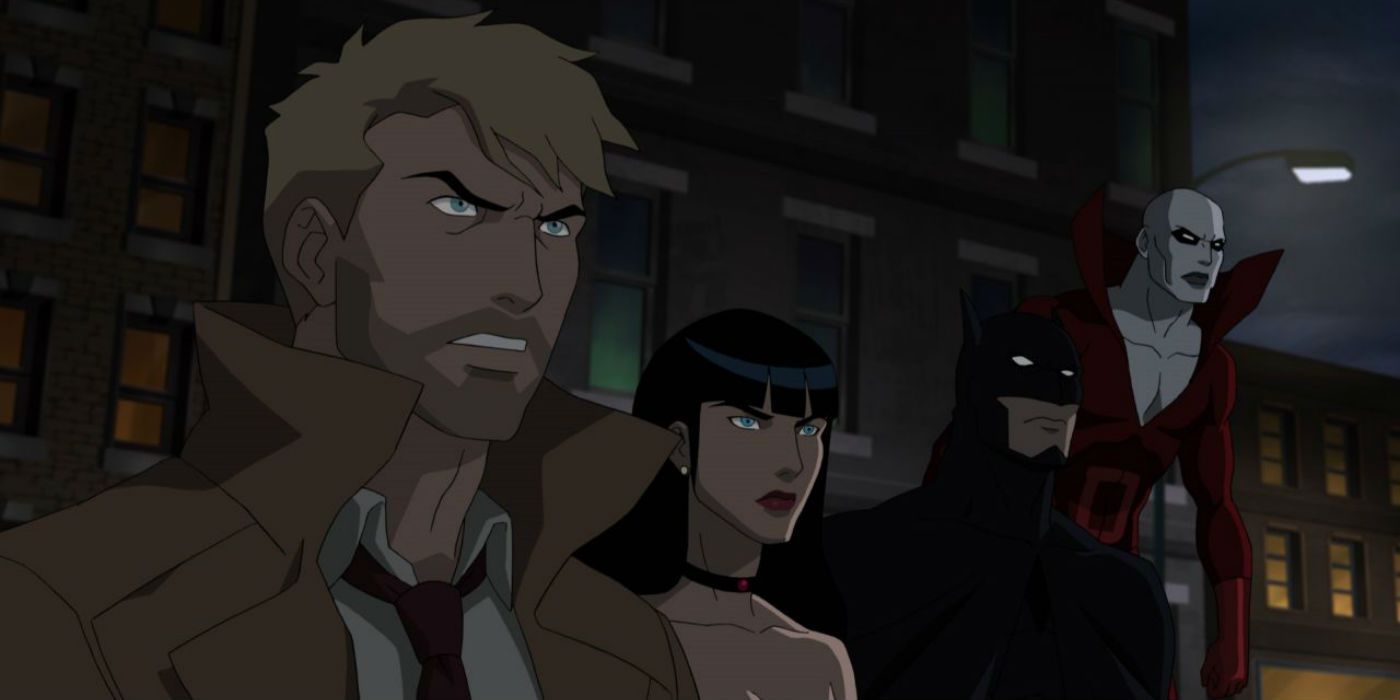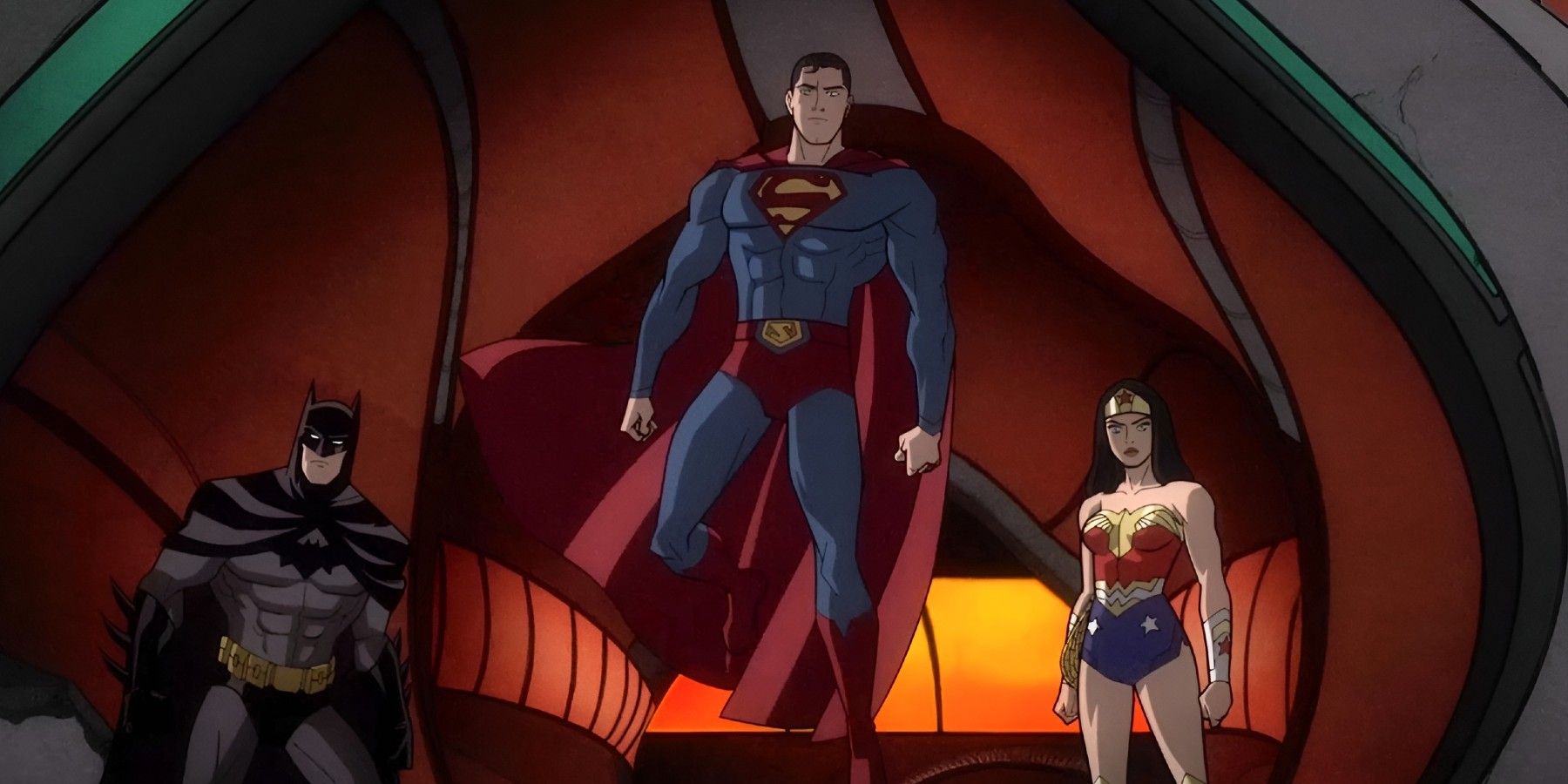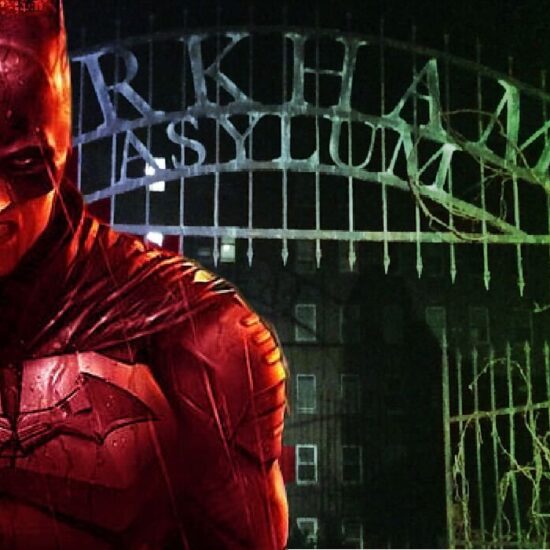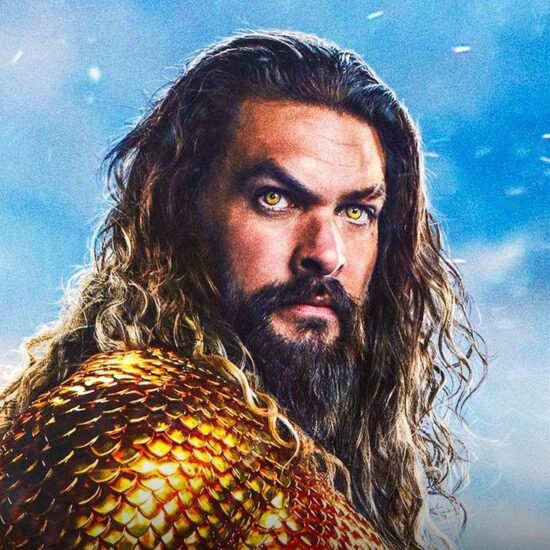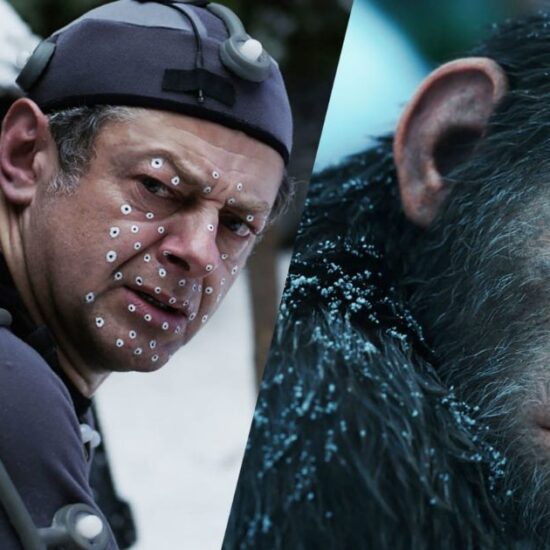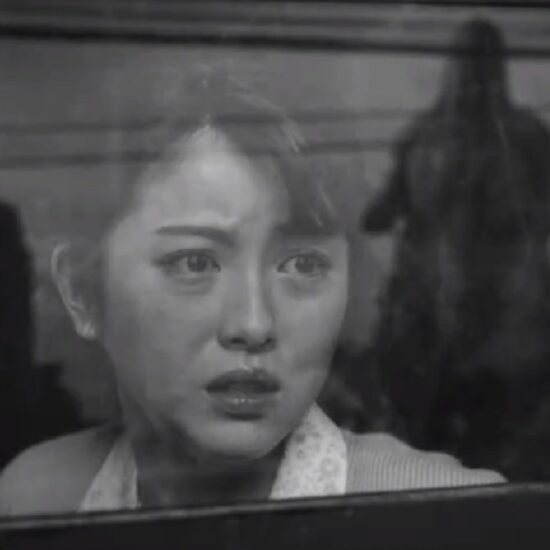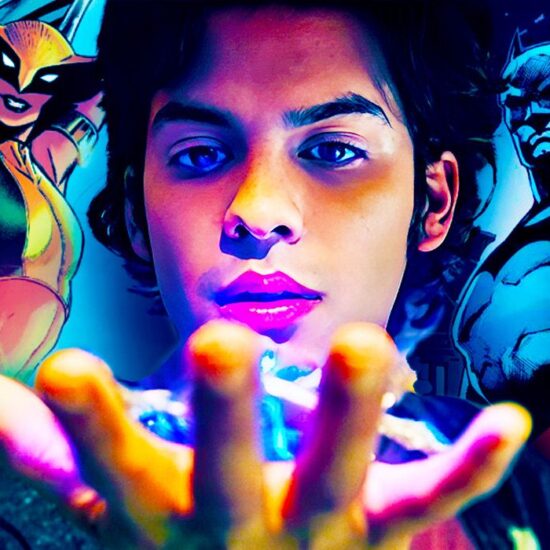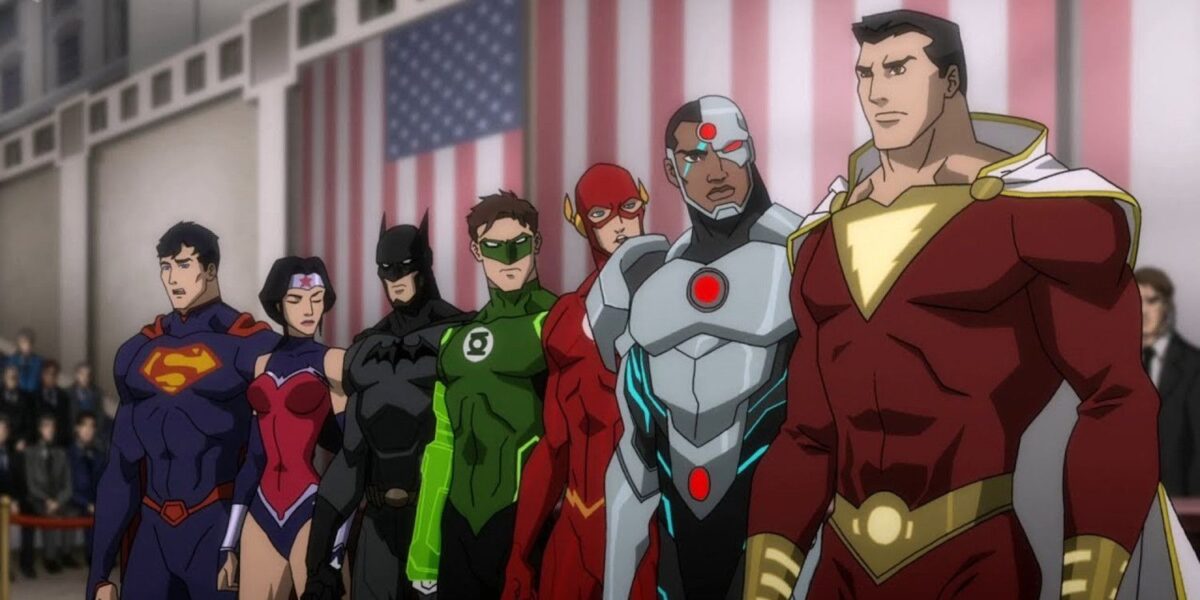
Summary
- The DC Animated Universe has a vast collection of Justice League films, requiring a clear watch order to understand the continuity and shared storylines.
- Standalone Justice League movies offer unique and diverse stories that explore different time periods, universes, and art styles, providing a fresh perspective on the Justice League.
- The DC Animated Movie Universe (DCAMU) is the most extensive and recognizable continuity, with seven films inspired by The New 52 comic run and a darker tone than previous animated films. The DCAMU also includes standalone films featuring individual members and other team-ups within the DC Universe.
The DC Animated Universe has a rich filmography when it comes to the Justice League, necessitating a solid watch order to make sense of it all. DC’s animated films are a consistent content output, and standing among them are some of DC’s most faithful media. With a new animated Justice League film from DC having been put out at least once almost every year since 2010, it’s easy to get lost in putting together the chronological order in which the films were released.
Warner Brother’s live-action DCEU may be on the brink of a reboot, yet the universe’s animated films have always had a strong identity. Between them lies some of the best Justice League representations available in movies. That being said, the overarching story of the best and worst DC animated films is split between several continuities, further complicating watching patterns. Rather than going by release date, it may help to also group the films by shared continuity, allowing for the enjoyment of an overarching story across multiple films.
Every Justice League Animated Movie in Release Order
- Justice League: The New Frontier (2008)
- Justice League: Crisis on Two Earths (2010)
- Justice League: Doom (2012)
- Justice League: The Flashpoint Paradox (2013)
- JLA Adventures: Trapped In Time (2014)
- Justice League: War (2014)
- Justice League: Throne of Atlantis (2015)
- Justice League: Gods and Monsters (2015)
- Justice League vs. Teen Titans (2016)
- Justice League Dark (2017)
- Justice League vs. The Fatal Five (2019)
- Justice League Dark: Apokolips War (2020)
- Injustice (2021)
- Justice League: Warworld (2023)
- Justice League: Crisis on Infinite Earths (2024)
Standalone Justice League Movies in Chronological Order
Not every Justice League animated film fits neatly into a shared universe. While the one-off stories may not have the allure of the long-form character growth, the standalone films offer variety, able to explore more unique stories featuring the Justice League that might not otherwise make it to screen. These films put their own unique spin the Justice League’s position, featuring alternate time periods, universes, and art styles that might not make the cut in a full-on franchise. It’s not strictly necessary to watch these in chronological order, considering they aren’t a shared story, but doing so brings an appreciation for DC’s animated projects to grow and evolve.
- Justice League: The New Frontier (2008)
- JLA Adventures: Trapped In Time (2014)
- Justice League: Gods and Monsters (2015)
- Injustice (2021)
Justice League Animated Movies’ Crisis on Two Earths/Doom Continuity
The first of the animated Justice League films to work within the framework of a shared universe, Justice League: Crisis on Two Earths and Justice League: Doom complement one another as a complete story with a consistent tone, art direction, and characterization. Both explore the idea of holding up a dark mirror to the Justice League. In Justice League: Crisis on Two Earths, the League encounters their evil doppelgangers in the form of the Crime Syndicate, a criminal organization made up of the Justice League’s counterparts in a parallel dimension in which their loyalties to the League’s ideals are reversed.
Similarly, the second installment, Justice League: Doom, warps Batman’s ideology against the league, with Vandal Savage leading an army of hand-picked villains to enact the Caped Crusader’s own contingency plans to stop members of the Justice League, should they go rogue, against them. In this universe, Batman’s creation of the contingency plans were likely inspired by his first-hand account of what a League with the wrong intentions was capable of in the previous film. The smart, consistent themes of the Crisis on Two Earths/Doom continuity make it a short but sweet entry among DC’s various cinematic universes.
- Justice League: Crisis on Two Earths (2010)
- Justice League: Doom (2012)
The DCAMU Justice League Movies in Chronological Order
The most expansive and recognizable DC’s animated Justice League continuity is the DC Animated Movie Universe, or DCAMU, with seven films inspired by The New 52 comic run. The series starts with Justice League: The Flashpoint Paradox, the same climactic storyline that began The New 52. Keeping consistent with this inspiration, the tone of the DCAMU is a good deal darker than most of what DC had put into animation up to its inception, especially in some of the later films.
In addition to the Justice League, this universe also contains a healthy collection of stand-alone films featuring individual members, such as Son of Batman, The Death of Superman, and Wonder Woman: Bloodlines, not to mention other team-ups within the DC Universe with films such as Teen Titans: The Judas Contract and Suicide Squad: Hell to Pay. While the films in the DCAMU vary widely in quality, they are a great way to experience the classic storylines of The New 52 continuity and do right by the Justice League in terms of representation.
- Justice League: The Flashpoint Paradox (2013)
- Justice League: War (2014)
- Justice League: Throne of Atlantis (2015)
- Justice League vs. Teen Titans (2016)
- Justice League Dark (2017)
- Justice League vs. The Fatal Five (2019)
- Justice League Dark: Apokolips War (2020)
Justice League Animated Movies’ Tomorrowverse Continuity
Following the finale of the DCAMU, the Tomorrowverse franchise sought to fill in as a successor for DC’s need for an animation continuity with a consistent timeline. Named after the first film in the series, the well-received Superman: Man of Tomorrow, the Tomorrowverse is still relatively new but has left many avenues open for big things to come. As the first true representation of the franchise, Justice League: Warworld took an unorthodox route with its anthology storytelling, only gradually revealing to audiences what this version of the League was truly dealing with as time went on.
Big things have been promised with the continuity’s plans to include the famous Crisis on Infinite Earths storyline, with a featured Justice League film tackling the subject in 2024. The announcement of this film was significant enough to get DC Animated Universe fans wondering if Justice League: Crisis on Infinite Earths would be related to the DCEU, which it isn’t. Having since been confirmed as part of the Tomorrowverse, this Justice League entry could set an interesting precedent after 6 films as a stepping stone into a more codified continuity using the story that was designed to consolidate multiverses into a single canon.
- Justice League: Warworld (2023)
- Justice League: Crisis on Infinite Earths (2024)







